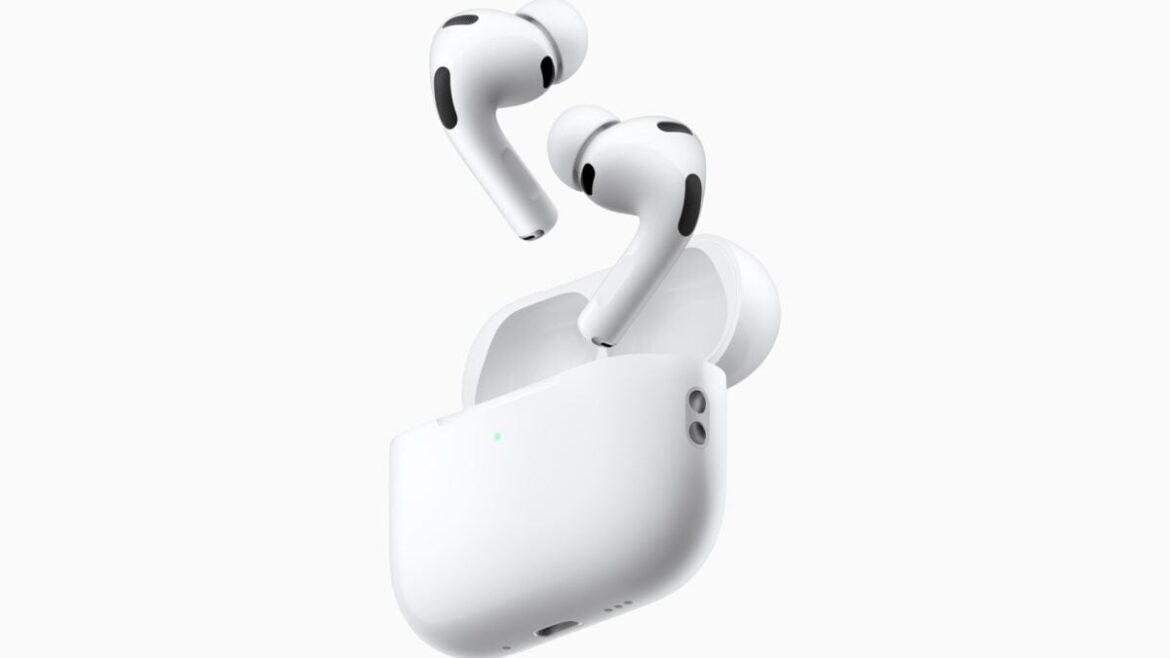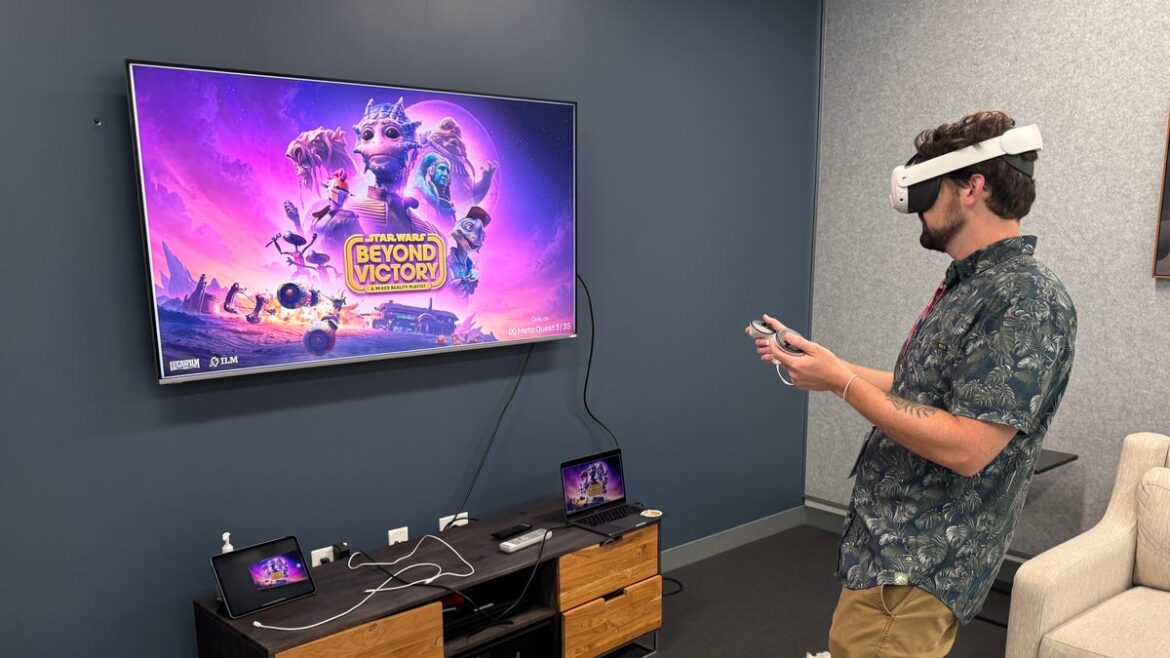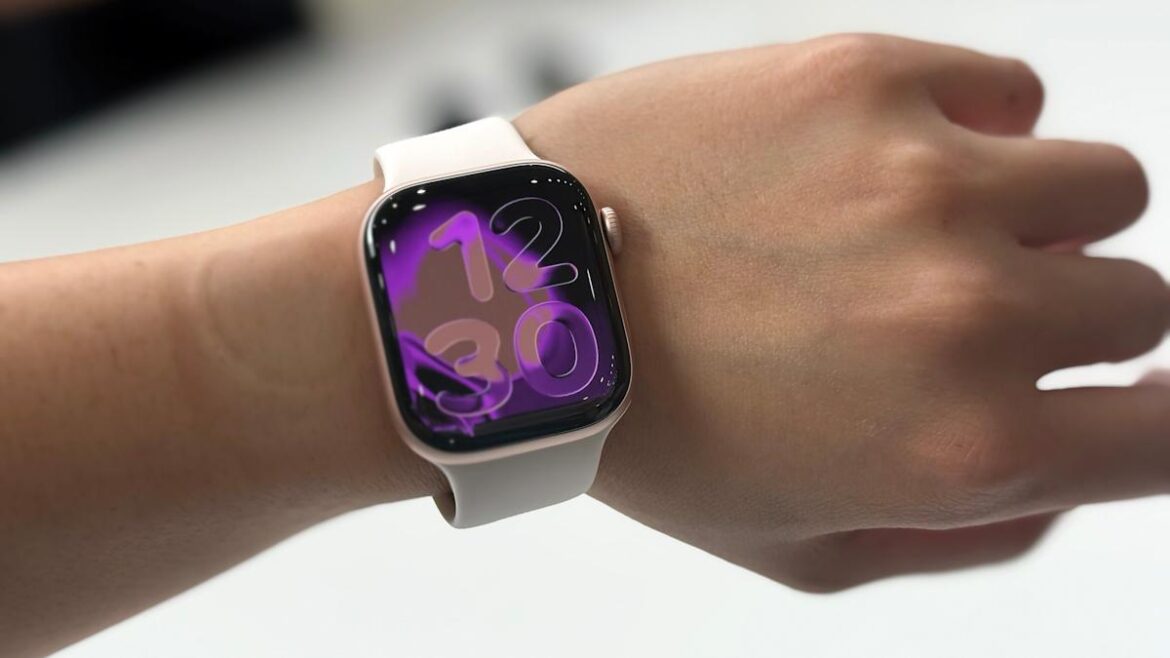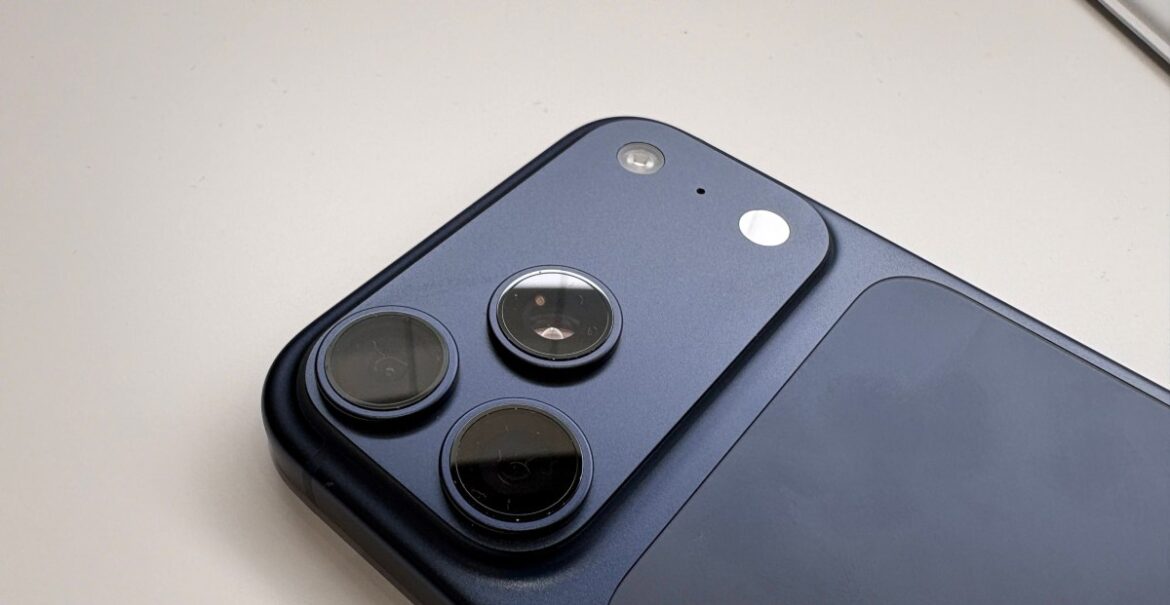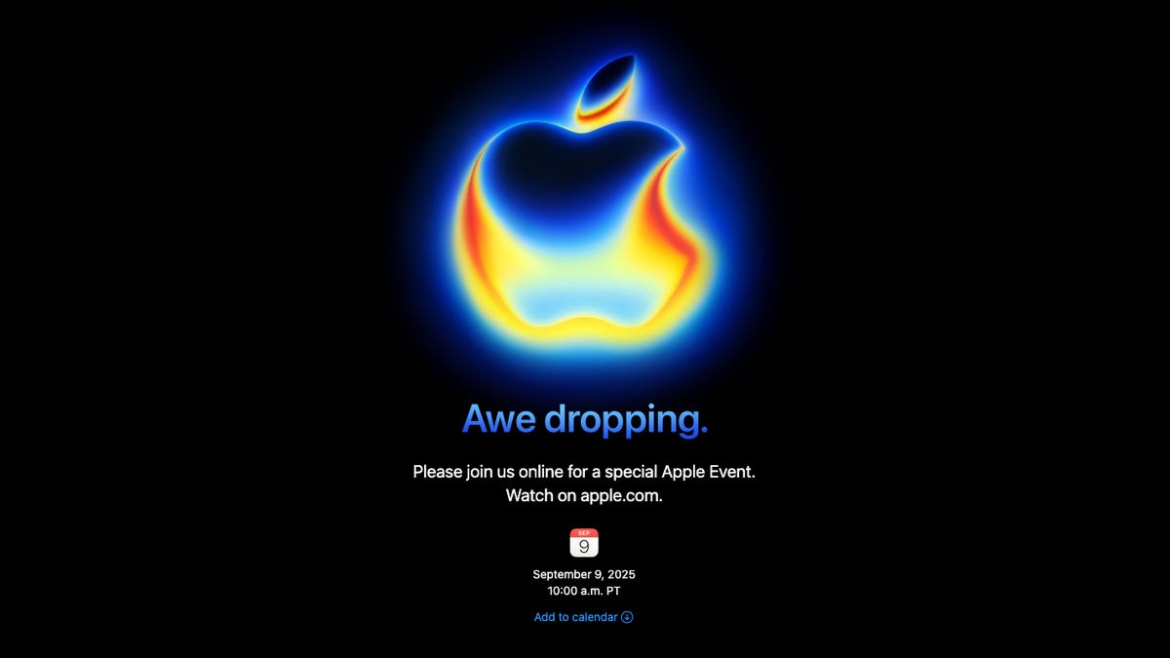After years of speculation, Apple’s AirPods Pro 3 are finally here, and while we haven’t tried them for ourselves, they look like they were worth the wait. This generation brings new hardware, features, and some impressive improvements on paper over the last generation, which was refreshed in 2023 with USB-C and a few other features. If you’re in the market for new AirPods, you’re probably already wondering whether you should rush out to scoop up Apple’s long-awaited third-gen, but before you do that, you should know what you’re getting into.
Luckily, we’re here to give you a categorical breakdown that shows all of this year’s improvements and what’s the same as the AirPods Pro 2. Have at it, folks.
AirPods Pro 3 vs. AirPods Pro 2: ANC
© Andrew Liszewski | Gizmodo
When it comes to AirPods Pro, ANC is one of the most important categories, and this year’s generation is no different. Apple knows that, which is why it clearly went back to the lab and took a stab at improving noise-canceling gen over gen.
According to Apple, AirPods Pro 3 use “ultra-low noise microphones and advanced computational audio” to help give this generation 2x more ANC than AirPods Pro 2. That equates to 4x more ANC than the original AirPods Pro. It’s not all ANC, though. Apple says that this year’s earbuds should also improve passive noise cancellation, thanks to new ear tips that are filled with foam, creating a better seal in your ears.
Apple doesn’t provide specific numbers for how many dBs are cancelled by its earbuds, but from the sounds of it, AirPods Pro 3 should excel in the ANC department and maybe even give Bose’s QuietComfort Ultra earbuds (my favorite buds for ANC) a run for their money.
AirPods Pro 3 vs. AirPods Pro 2: Sound
© Apple
I haven’t gotten to listen to AirPods Pro 3 myself yet, but Apple says its new generation boasts some improvements over the AirPods Pro 2. Behind that is a tweak to the AirPods Pro 3 architecture.
According to Apple, the AirPods Pro 3 have a “multiport acoustic architecture” that better controls the airflow and the way the sound carries to the ear. Apple couples that with a new Adaptive EQ, which is designed to give the AirPods Pro 3 a better bass response and widen the soundstage. Again, this all sounds good in theory, but we’ve yet to hear them for ourselves. On paper, at least, Apple’s AirPods 3 should be the best-sounding AirPods you can buy right now.
AirPods Pro 3 vs. AirPods Pro 2: Battery
Photo: Andrew Liszewski / Gizmodo
Battery life is one of the biggest metrics of any good pair of wireless earbuds, and, again, AirPods Pro 3 roll the ball forward here. According to Apple, the AirPods Pro 3 now have 8 hours of playback with ANC on as opposed to the 6-hour average of the AirPods Pro 2. If you want to extend the battery life even longer, you can listen to the AirPods Pro 3 with transparency on (ANC off), and you’ll get 10 hours of battery life on a single charge, according to Apple.
There’s really no subjectivity here—more battery is just better—but if you’re curious, the AirPods Pro 3 improve upon the AirPods Pro 2 battery by 33 percent when it comes to ANC playback. On top of that, I’d say that AirPods Pro 3 also beat a lot of its non-Apple competition, which usually averages around 6 hours of battery with ANC on.
AirPods Pro 3 vs. AirPods Pro 2: Features
© Apple
If you’re picking up on a trend, it’s that AirPods Pro 3 are pretty much better across the board, but this is where they really start to pull away. There are some things in the third-gen AirPods Pro that the AirPods Pro 2 just can’t do. One of those things is heart rate monitoring. Thanks to new IR sensors in the AirPods Pro 3, which are combined with the preexisting accelerometer, gyroscope, and GPS, these earbuds can track fitness goals, calories burned, and heart rate. According to Apple, AirPods Pro 3 will combine with its suite of fitness tools, allowing Apple Fitness+ users to see real-time performance metrics onscreen. And yes, unlike the PowerBeats Pro 2, you can listen to music while you track your health metrics.
Another exclusive feature with the AirPods Pro 3 is Live Translation, which does exactly what it sounds like—it translates speech in real time. One cool aspect of the AirPods Pro 3 translation feature is that it uses ANC to lower the voice of the person you’re talking to so you can actually hear the translation in your earbuds. While the feature is still in beta, Apple says you can currently use Live Translation for English, French, German, Portuguese, and Spanish, and Italian, Japanese, Korean, and Chinese are on the way.
That’s all to say that you’ll be able to do basically everything you can do with AirPods Pro 2 with the AirPods Pro 3—adaptive ANC, hearing test (though the AirPods Pro 3 is allegedly better at that), transparency, and more—but with two big new features in heart rate tracking and Live Translation. Point goes to AirPods Pro 3 once again.
AirPods Pro 3 vs. AirPods Pro 2: Comfort
© Photo: Kyle Barr / Gizmodo
Comfort is another huge metric for earbuds, especially if you plan to wear them for long periods or while you’re exercising. Once more, Apple seems to have taken strides here with its new generation of AirPods. While both earbuds have ear tips, Apple says that it used “over 10,000 ear scans with more than 100,000 hours of user research” to tweak the fit of AirPods Pro 3.
Specifically, Apple says the “external geometry of the ear tip” now aligns to the center of the body for more stability. AirPods Pro 3 also come with five ear tip sizes as opposed to four. With more sizes and a redesign, it looks like AirPods Pro 3 are poised to outpace the AirPods Pro 2 in comfort, too.
AirPods Pro 3 vs. AirPods Pro 2: Price
So, there is one thing that’s the same on these two pairs of earbuds, and while that sounds like a point against the AirPods Pro 3, it’s actually a big win for Apple’s newest pair of AirPods. Both pairs debuted at $250, and while you can currently get the AirPods Pro 2 for $200, AirPods Pro 3 still qualify as a static entry price gen over gen. More for the same amount! Nice!

